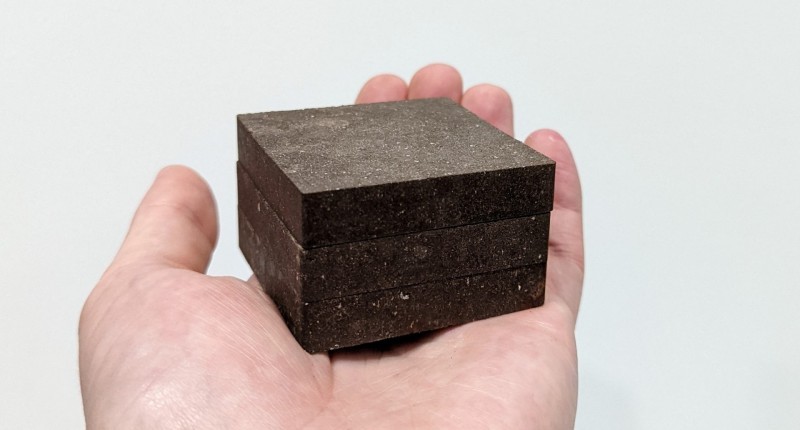Unveiling a Game-Changing Solution
Scientists at Heriot-Watt University in Scotland have developed a new material with the potential to remove carbon dioxide from the atmosphere at an accelerated rate compared to traditional methods like tree planting. This research, though in its early stages, offers a promising avenue for tackling climate change by actively reducing greenhouse gas levels.
The Science Behind the Breakthrough Material
The key to this innovation lies in the material’s structure. Its porous design allows it to effectively capture carbon dioxide and sulfur hexafluoride, another potent greenhouse gas, offering a faster and more targeted approach than relying solely on natural carbon sequestration through forests.
The newly developed substance acts like a miniature enclosure, effectively ensnaring greenhouse gases within its molecular framework. Comprised of nitrogen, fluorine, and oxygen, this organic supermolecule represents a noteworthy advancement over traditional carbon capture methods, offering a swifter and more efficient approach to mitigating these harmful emissions.
While planting trees remains a crucial environmental strategy, this new material holds the potential to significantly enhance our ability to address the urgency of the climate crisis.
The study’s findings, published in the journal Nature Synthesis, highlight the exciting possibilities of this technology. However, the researchers emphasize the need for further development before large-scale implementation becomes a reality.
This discovery presents a valuable addition to the fight against climate change. By combining existing strategies like tree planting with innovative technologies like this new material, we can move closer to achieving a more sustainable future.







